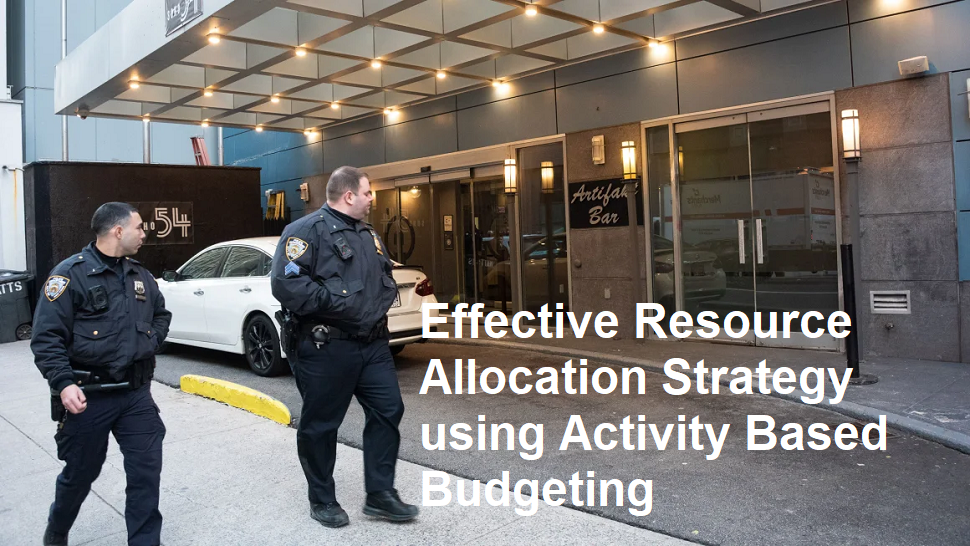The administration of former U.S. President Donald Trump has drawn significant attention with its controversial proposal to slash federal health spending by $40 billion, according to a report by The Washington Post cited by Agence France-Presse (AFP). The proposed cuts, which amount to approximately one-third of specific health-related funding streams, have sparked widespread debate over their potential impact on public health programs, medical research, and low-income communities.
The $40 billion reduction targets discretionary health programs managed by the Department of Health and Human Services (HHS). While the exact programs affected remain under scrutiny, analysts suggest cuts could impact initiatives such as Medicaid, HIV/AIDS prevention, mental health services, and funding for the Centers for Disease Control and Prevention (CDC). The proposal aligns with the Trump administration’s broader efforts to shrink federal spending and reduce the national deficit, a recurring theme during Trump’s presidency (2017–2021).
However, critics argue that the scale of the cuts—representing roughly a third of the $120 billion typically allocated annually to these discretionary health programs—could destabilize critical services. For instance, Medicaid, which provides health coverage to over 70 million low-income Americans, has long been a target for restructuring under Republican-led administrations. Previous attempts to cap Medicaid funding under Trump’s tenure faced fierce opposition from Democrats and healthcare advocates, who warned of reduced access to care for vulnerable populations.
The proposal has reignited partisan divisions. Democratic lawmakers and health advocacy groups condemned the plan as “dangerous” and “short-sighted,” particularly amid ongoing challenges such as the COVID-19 pandemic’s lingering effects and rising rates of chronic diseases. House Speaker Nancy Pelosi (D-CA) criticized the move, stating, “Slashing health funding during a national crisis jeopardizes lives and undermines our nation’s preparedness for future emergencies.”
Conversely, Republican supporters of the cuts argue that streamlining federal health spending is necessary to eliminate inefficiencies and redirect resources to other priorities. “This administration is committed to fiscal responsibility while ensuring essential services remain intact,” said a Trump-era HHS spokesperson. However, the lack of detailed plans to mitigate the cuts’ impact has raised concerns even among some conservatives.
Public health experts warn that reducing funding for agencies like the CDC could weaken the U.S.’s ability to respond to pandemics, track disease outbreaks, and support vaccination programs. Similarly, cuts to mental health services could exacerbate the nation’s opioid crisis and suicide rates, which have surged in recent years.
The proposal also risks affecting global health initiatives. Programs such as PEPFAR (President’s Emergency Plan for AIDS Relief), which provides HIV/AIDS treatment to millions worldwide, and USAID’s infectious disease efforts could face reduced funding, potentially destabilizing progress in combating epidemics abroad.
This is not the first time the Trump administration sought to reduce health spending. In 2017, efforts to repeal the Affordable Care Act (ACA) included significant Medicaid cuts, though legislative pushback forced compromises. The administration also previously proposed trimming the NIH’s budget, which funds medical research, before Congress ultimately approved increases.
The $40 billion cut appears to follow a similar pattern: proposing dramatic reductions to signal fiscal austerity, while relying on Congress to negotiate final figures. Historically, lawmakers from both parties have resisted deep cuts to popular health programs, suggesting the proposal may face significant revisions.
Low-income families, rural communities, and seniors reliant on federal health programs would likely bear the brunt of these cuts. Rural hospitals, many already struggling financially, could face closure without Medicaid subsidies, further limiting healthcare access in underserved regions. Additionally, reduced funding for preventive care might lead to higher long-term costs as untreated conditions develop into severe illnesses.
While the Trump administration’s proposal underscores its commitment to reducing government expenditure, the potential consequences for public health infrastructure and vulnerable populations remain a pressing concern. As debates over the federal budget continue, the balance between fiscal restraint and societal well-being will dominate discussions in Congress.
For now, the $40 billion cut serves as a stark reminder of the enduring ideological divide over the role of government in healthcare—a debate that will persist long beyond any single administration.












